Failing Stars

stsci_2006-01h January 11th, 2006
Credit: NASA, ESA, M. Robberto (Space Telescope Science Institute/ESA) and the Hubble Space Telescope Orion Treasury Project Team
The faint red stars in this close-up image are the myriad brown dwarfs that Hubble spied for the first time in the Orion Nebula in visible light. Sometimes called "failed stars," brown dwarfs are cool objects that are too small to be ordinary stars because they cannot sustain nuclear fusion in their cores the way our Sun does.
Provider: Space Telescope Science Institute
Image Source: https://hubblesite.org/contents/news-releases/2006/news-2006-01
Curator: STScI, Baltimore, MD, USA
Image Use Policy: http://hubblesite.org/copyright/
 Color Mapping
Color Mapping
| Telescope | Spectral Band | Wavelength | |
|---|---|---|---|

|
Hubble (ACS) | Optical (B) | 435.0 nm |

|
Hubble (ACS) | Optical (V) | 555.0 nm |

|
Hubble (ACS) | Optical (Halpha) | 658.0 nm |

|
Hubble (ACS) | Optical (i) | 775.0 nm |

|
Hubble (ACS) | Optical (z) | 850.0 nm |

|
ESO-2.2m | Optical (B) | 842.0 nm |

|
ESO-2.2m | Optical (Halpha) | 856.0 nm |

|
ESO-2.2m | Optical ([S II]) | 857.0 nm |

|
ESO-2.2m | Optical ([O III]) | 965.0 nm |
| Hubble: October 2004 - April 2005; ESO Dec. 11, 2007 | |||











- ID
- 2006-01h
- Subject Category
- B.4.2.1
- Subject Name
- Orion Nebula , M42, NGC 1976
- Credits
- NASA, ESA, M. Robberto (Space Telescope Science Institute/ESA) and the Hubble Space Telescope Orion Treasury Project Team
- Release Date
- 2006-01-11T00:00:00
- Lightyears
- 1,500
- Redshift
- 1,500
- Reference Url
- https://hubblesite.org/contents/news-releases/2006/news-2006-01
- Type
- Observation
- Image Quality
- Good
- Distance Notes
- The distance to the Orion Nebula is 1,500 light-years (460 parsecs).
- Facility
- Hubble, Hubble, Hubble, Hubble, Hubble, ESO-2.2m, ESO-2.2m, ESO-2.2m, ESO-2.2m
- Instrument
- ACS, ACS, ACS, ACS, ACS, -, -, -, -
- Color Assignment
- Blue, Green, Red, Red, Red, Blue, Red, Red, Green
- Band
- Optical, Optical, Optical, Optical, Optical, Optical, Optical, Optical, Optical
- Bandpass
- B, V, Halpha, i, z, B, Halpha, [S II], [O III]
- Central Wavelength
- 435, 555, 658, 775, 850, 842, 856, 857, 965
- Start Time
- 2004-10-12, 2004-10-12, 2004-10-12, 2004-10-12, 2004-10-12, -, -, -, -
- Integration Time
- Dataset ID
- Notes
- H
- Coordinate Frame
- ICRS
- Equinox
- 2000.0
- Reference Value
- 83.73532077870, -5.52670553949
- Reference Dimension
- 3939.00, 2955.00
- Reference Pixel
- 4552.35064661786, 10236.36282355757
- Scale
- -0.00002794439, 0.00002794439
- Rotation
- -0.31420122903
- Coordinate System Projection:
- TAN
- Quality
- Full
- FITS Header
- Notes
- World Coordinate System resolved using PinpointWCS 0.9.2 revision 218+ by the Chandra X-ray Center
- Creator (Curator)
- STScI
- URL
- http://hubblesite.org
- Name
- Space Telescope Science Institute Office of Public Outreach
- outreach@stsci.edu
- Telephone
- 410-338-4444
- Address
- 3700 San Martin Drive
- City
- Baltimore
- State/Province
- MD
- Postal Code
- 21218
- Country
- USA
- Rights
- http://hubblesite.org/copyright/
- Publisher
- STScI
- Publisher ID
- stsci
- Resource ID
- STSCI-H-p0601h-f-3939x2955.tif
- Resource URL
- https://mast.stsci.edu/api/latest/Download/file?uri=mast:OPO/product/STSCI-H-p0601h-f-3939x2955.tif
- Related Resources
- http://hubblesite.org/newscenter/archive/releases/2006/01
- Metadata Date
- 2022-07-06T00:00:00
- Metadata Version
- 1.2
Detailed color mapping information coming soon...








